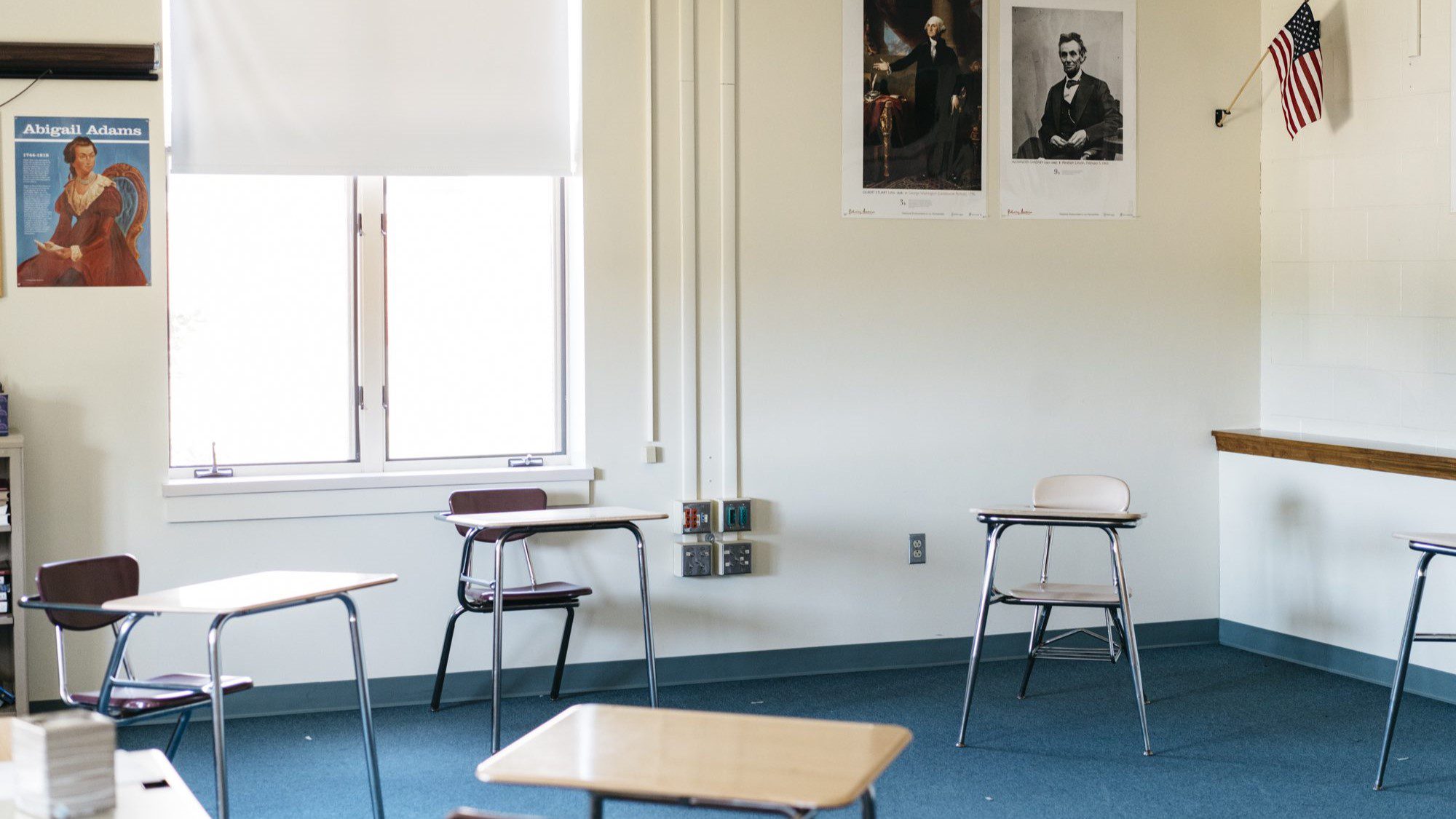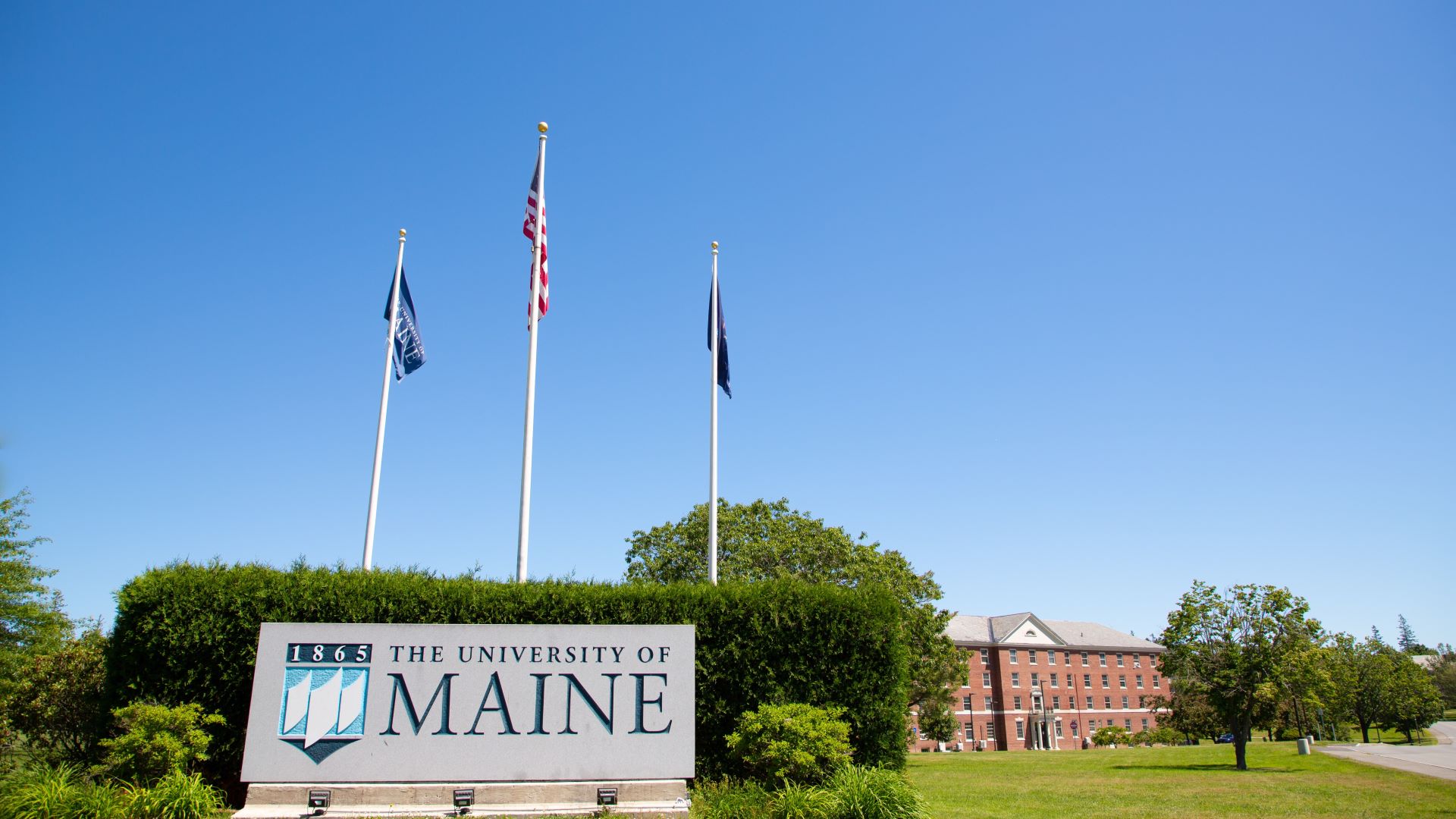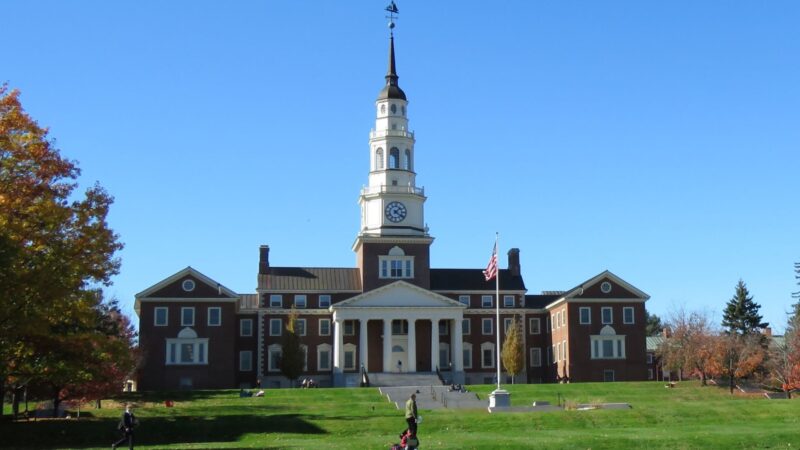Last June the U.S. Supreme Court ended the use of affirmative action in higher education, limiting Maine’s colleges and universities, like most across the country, from considering an applicant’s race as a factor of their application.
Whether the ruling will reduce racial diversity on Maine campuses is unclear because the first wave of applications since the decision is still underway. The ruling is likely to have the greatest effect on admissions at highly selective universities that consider race and ethnicity when deciding admissions.
Most Maine colleges — including the public university system — do not consider race. That means they will likely be largely unimpacted, although administrators said it is more important than ever to keep prioritizing diversity, racial and otherwise.
The ruling also changes guidance at some of the state’s largest high schools, which are advising students to focus more on their identity in the college essay process. One admissions officer worried the fallout from the decision would discourage some students of color from applying to highly selective schools.
“My worry is that it will have a dampening effect on students of color applying to schools and putting themselves out there to different schools,” said Heather Albert-Knopp, dean of admissions at College of the Atlantic.
According to the Supreme Court, colleges and universities can still consider an applicant’s race as a factor that shaped their background when determining their admission status.
“Nothing prohibits universities from considering an applicant’s discussion of how race affected the applicant’s life, so long as that discussion is concretely tied to a quality of character or unique ability that the particular applicant can contribute to the university,” Chief Justice John Roberts wrote in the opinion last June.
While students will still be able to indicate their racial identity on many applications, including the Common App, colleges can choose to hide the information from admissions officers, a move intended to help colleges comply “with whatever legal standard the Supreme Court will set in regards to race in admissions,” according to a statement the company sent to the New York Times last May.
That means that unless students disclose their racial or ethnic background through essays, admissions officers have no access to an applicant’s racial identity through the demographic information most admissions officers would previously have access to, according to several admissions officers and education experts.
While the impact on one of the nation’s whitest states of negating race-conscious admissions — which research has shown helped make college accessible for historically marginalized groups of students, particularly Black and Latinx students — may take years to assess, admissions officers in Maine said the court’s decision highlighted the importance of an educational institution renewing its commitment to diversity.
“This really is our call to say ‘the rules have changed. But that doesn’t mean our commitment changes.’ If anything, it means it’s heightened,” said Meaghan Arena, vice president of admissions for the University of Southern Maine. “And we need to make sure that students who now may feel marginalized, who may feel unseen, who may feel unwelcome, feel welcome on our campuses, and we need to be specific in thinking about how we plan to do that.”
Private colleges expected to see greatest impacts
Highly selective colleges such as Bates, Bowdoin and Colby, are under particular scrutiny, according to Travis Bristol, an associate professor at the Berkeley School of Education, in part because a disproportionate share of leaders who can aid racial progress come from these schools.
“It’s open season for dismantling racial progress in this country,” Bristol said, “and the individuals who are interested in dismantling racial progress have put out targets on institutions that have championed (it). One of those places have been higher education institutions, and so those institutions have a target on their backs.”
In the case of highly selective private colleges, “the best strategy is to keep your head down and do your work and not draw attention to the work of offering more access and more opportunity,” Bristol said.
Bates, Bowdoin and Colby all spoke out against the ruling in 2022, signing an amicus brief with more than 30 other educational institutions, urging the court to uphold race-conscious admissions.
“(The colleges) have repeatedly concluded that race cannot be excluded entirely from admissions considerations if they are to enroll the diverse classes critical to their educational mission,” the brief said.
Before the ruling, Bates, Bowdoin and Colby used race to inform admissions decisions. Their student bodies are much more diverse than the state’s population, which was 94 percent white as of 2022, according to census data.
More than a third of Bowdoin’s 1,850 students identified as a person of color, while about 29 percent, or 500 students, at Bates and 30 percent of students at Colby are non-white. All three admit fewer than 15 percent of students who apply, making them among the most highly selective in the country.
This year, the three colleges said they’re still taking a “holistic approach” to admissions while adhering to the law, which involves evaluating different parts of a student’s application, including academic transcripts, essays, extracurricular activities, letters of recommendation and optional materials they choose to submit.
All three emphasized that while they continue to pursue a diverse student body, they viewed diversity as more than a student’s race, gender identity, socio-economic status, and that any other factor that contributed to their identities were part of building diversity on campus.

Bates, Bowdoin and Colby officials were reluctant to be interviewed on admissions practices, but a statement sent to The Maine Monitor from Bates said its review this year considers “a student’s academic performance and promise, their co-curricular pursuits, diversity of experience and thought, talents inside and outside of the classroom, and how they’ll contribute to and gain from the Bates community.”
“Colby is fully complying with the Supreme Court’s recent ruling, and remains deeply committed to recruiting and enrolling exceptional students from all backgrounds,” a representative said in an email statement, adding its admissions team continues to travel widely to recruit.
Bowdoin created new training materials for staff who read student applications to evaluate them within the parameters set by the court, said Claudia Marroquin, senior vice president, and dean of admissions and student aid, in emailed responses to questions.
College of the Atlantic in Bar Harbor also used an applicant’s race to inform acceptance decisions, but its acceptance rate of between 60 and 70 percent is much higher than Bowdoin, Bates and Colby, so the impact of race-blind admissions is somewhat mitigated, according to Albert-Knopp.
But she said “the decision doesn’t stop us from encouraging students of color to apply to the college. So that’s where we’ve been focusing our efforts.”
Her school’s admissions officers have traveled to diverse high schools nationally, and have invited students and guidance counselors to visit Maine, Albert-Knopp said.
The college has about 350 students, with 12 percent students of color and 23 percent international students, she said, and it continues to prioritize diversifying the student body.
Another initiative it has undertaken as of January is free tuition for Wabanaki students, to encourage more Native Americans to apply. While the admissions staff can’t know which students identify as Native, they can disclose that information to the financial aid office to receive the tuition waiver, Albert-Knopp said.
College of the Atlantic, like many schools, added a supplemental essay for this application cycle, asking students how their identity has shaped them — the only place in the process where schools are still allowed to explicitly consider race.
Focus on “access and affordability” at public universities
Maine’s public university system was not using affirmative action policies for admissions, which means most of its campuses won’t immediately feel the impact of the Supreme Court decision, based on interviews with three administrators from the flagship campus in Orono, the University of Maine at Fort Kent and the University of Southern Maine.
“We’ve always focused on access and affordability,” said John Volin, the provost at the University of Maine. “And so we’ve not considered race as part of our admissions policy.”
The flagship campus’ demographics resemble Maine’s overall racial demographics, with a little more than 10 percent of students identifying as people of color.

At one of the smallest campuses within the system, however, diversity hasn’t been a goal but a natural outcome of athletic recruitment.
The University of Maine at Fort Kent, less than a mile from the Canadian border, has cemented itself as a welcoming home for students from more than 22 countries, according to Heidi Carter, executive director of marketing and brand management.
Forty-two percent of the university’s 318 students are non-White, with 24 percent Black students — more than at any of the state’s highly selective colleges. Carter is not worried that the court’s decision would make the campus less diverse and said incoming students can tell by the university’s marketing materials they are welcome.
“I think it’s important for people to be able to see themselves and be able to relate to who’s already here in order to feel like they might belong,” said Carter. “And once they get here, many of them feel that this is home for them.”
The University of Southern Maine has focused on recruitment efforts from high schools with diverse populations, such as in the Portland area or Boston, according to Arena, the vice president of admissions.
“It’s really thinking about what populations we’re here to serve,” said Arena, adding that because Maine doesn’t have as large an underrepresented population as other states, it makes it even more important for university representatives to be present in those schools.
High school counselors adapt
This year, Maine high school counselors from some of the largest and most diverse areas have started emphasizing college essays following the Supreme Court’s decision.
High schoolers planning to apply to elite institutions will now have to think about how to answer supplemental essays, said Adam Leach, director of guidance at Bangor High. Part of that is ensuring students know how to think about diversity in their own lives, including racial, gender and socioeconomic diversity.
“We want to make sure that they have a broad experience and that means in terms of taking classes, but also having the broad social interactions within the building,” he said. “So that by the time they get to the application process, they have a way to put diversity into their narrative.”
Thinking about answering questions about diversity also allows students without historical disadvantages to recognize the importance of being allies, Leach said.
“I think it’s really important for male students to advocate for female students, or for non-binary students. I think it’s important for white students to be advocates for minority students,” he said.
“I think in an odd way, that this may give us the opportunity to say to ourselves, we need to step up. We need to be able to identify that it can’t always be those people over there defending themselves.”
Lewiston’s high school counselors face particular challenges because a large percentage of the school population recently immigrated to the United States and may not be familiar with the higher education application system.
Some might not know what affirmative action is or how it could have benefited them, said high school principal Jonathan Radtke.
“There’s a lot of cultural coaching that has to happen regardless of even before this decision on how to apply and get into colleges,” he said. “We’ve emphasized to kids that if they wish to have their backgrounds considered in the decision, then they will need to be explicit about it in their written responses.”
Neither Leach nor Radtke has fielded much concern from students or families about the impact of the court’s decision on racial diversity. Each said families are much more concerned with how to afford college.
“Outside of some very small pockets in Maine, we tend to be a state that is rural and under-educated.” Radtke said. “So (diversity) is a socio-economic issue for the vast majority of the state, more than a racial issue.”
Editor’s Note: This story was updated to clarify Bates College has 500 students of color, not 500 students overall.










